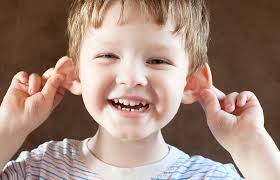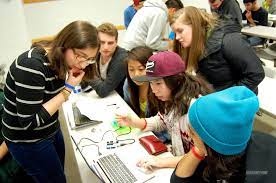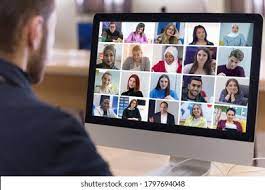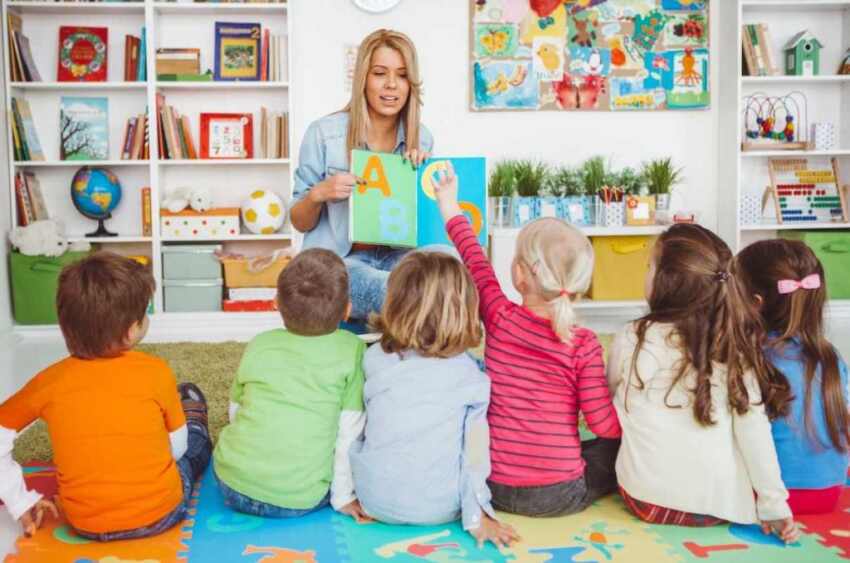EFFECTIVE TEACHING STRATEGIES
WHAT IS MEANT BY TEACHING STRATEGIES?
Teaching strategies are methods and techniques that a teacher will use to support their students through the learning process. The teacher will choose the teaching strategy most suitable to the topic being studied, the level of expertise of the learner, and the stage in their learning process.
What strategies do you use to be an effective teacher?
The classroom is a dynamic environment, bringing together students from different backgrounds with various abilities and personalities. It is not an easy task. Being an effective teacher, therefore, requires the implementation of creative and innovative teaching strategies in order to meet students’ individual needs.
Even if you are an experienced teacher, it can be difficult to know which teaching strategies will work best with your students. As a teacher, there are no ‘shortcut methods to fits all solutions. Each student’s grasping capacity will differ from one another. So here is a range of effective teaching strategies you can use to inspire your classroom practice. If you wish to get more results, effective teaching strategies are very important. Teachers who understand learning styles are able to help different kinds of students thrive in their classroom, using unique strategies, activities, and assignments to cater to all different kinds of learners. The main learning styles are Visual, Auditory, Tactile or kinesthetic, and sometimes reading and writing.
Let’s check some strategies:-
Visualization:
Visual Learning Strategies
- The visual learner likes to draw and paint
- Visual learners learn best by using images, pictures, colors, computers, videos, and any other visual media to help them learn
- Try to include more photos, charts, pictures, other visually interactive learning materials, out of the classroom learning such as field trips, diagrams, flowcharts, number charts, picture cards.
- Visual and practical learning experiences, helping your students to understand how their acquiring knowledge applies in the real world.
-
These learners are likely to have a photographic memory and may use color, tone, and brightness to recall information. In class, visual learners will benefit from seeing, diagrams drawn out for example, on a chalkboard, and in slideshows.

Auditory Learning
Auditory learning is a style of learning in which an individual learns most efficiently through hearing and listening. Auditory learners retain information better when it is delivered through sound or speech rather than written form. Therefore teachers make sure that they are including more sound-related activities.
- Find a study buddy. …
- Record class lectures. …
- Sit near the front of the room. …
- Listen to classical music. …
- Participate in class discussions as much as possible. …
- Record yourself reading key terms and their definitions out loud. …
- Repeat facts with your eyes closed. …
- Read assignments out loud.

Tactile Learning Strategies
This is very different from auditory and visual learning where learners need to see or hear instruction in order to learn it. Kinesthetic is hands-on, focused primarily on a learner trying for themselves as an avenue to learning. Kinesthetic or tactile learners need to physically touch or try something in order to learn the concept best. This style is often called multi-sensory learning because tactile learners hear or see to learn, and then complete their learning by trying it out themselves.
When teaching tactile learners, it’s helpful to:
- allow students to stand or move while learning
- allow frequent short breaks
- teach with real-life objects
- dress in costume
- encourage arts and crafts
- teach using science experiments
- be animated in your teaching for example sing dance and be loud – use lots of energy
- encourage trial and error
- organize excursions and lessons outside.

Collaborative Learning
Encourage students of mixed abilities to work together by promoting small group or whole class activities. This will help to develop their confidence, they can express their ideas without a scare, sharing knowledge, it will develop their vocabulary, communication skills, rapport making, and critical thinking skills which are vital throughout life. example: solving puzzles, science experiments, etc.

Question/answer making game: ( Instruction based)
Encouraging students to ask questions and investigate their own ideas helps improve their problem-solving skills. Both of which are important life skills. This activity, which inspires your students to think for themselves and become more independent learners. Examples: instant poem making, making constructive stories, debate, discussion, voice modulation, etc.
Allocation of tasks:
Differentiate your teaching by allocating tasks based on students’ abilities, to ensure no one gets left behind. Assigning classroom activities according to students’ unique learning needs.
Technology in the classroom

Incorporating technology into your teaching is a great way to actively engage your students, especially as digital media surrounds young people in the 21st century. Ex: Interactive whiteboards or mobile devices can be used to display images and videos, which helps students visualize new academic concepts. Learning can become more interactive when technology is used as students can physically engage during lessons as well as instantly research their ideas, which develops autonomy.
Behaviour Management
Implementing an effective behavior management strategy is crucial to gain your student’s respect and ensure students have an equal chance of reaching their full potential. Noisy, disruptive classrooms do not encourage a productive learning environment, therefore developing an atmosphere of mutual respect through a combination of discipline and reward can be beneficial for both you and your students.
Examples: You can introduce various activities such as games or no homework as a reward for their hard work. You can make a team/ squad and give responsibility to uplift the students who are backward in learning, then give appreciation for each activity, this makes leadership quality among students.
Professional Development
Educational policies constantly changing. It is extremely useful to attend events where you can gain inspiration from other teachers and academics. You can include learning about new educational technologies, online safety training, etc.

Being an effective teacher is a challenge because every student is unique, however, by using a combination of teaching strategies you can address students’ varying learning styles and academic capabilities as well as make your classroom a dynamic and motivational environment for students.
Vasantha. K.P
